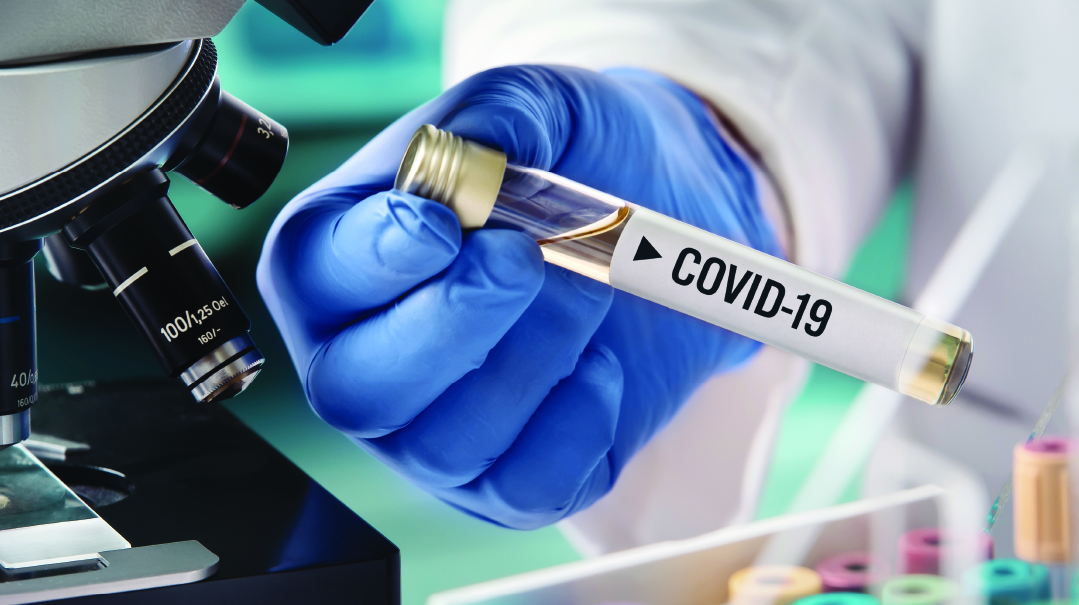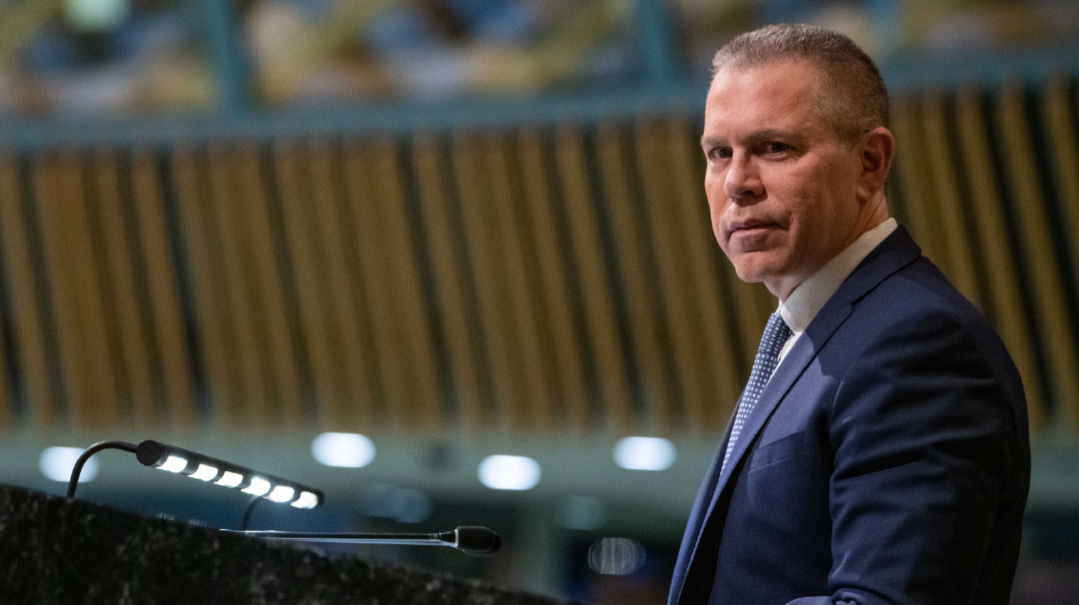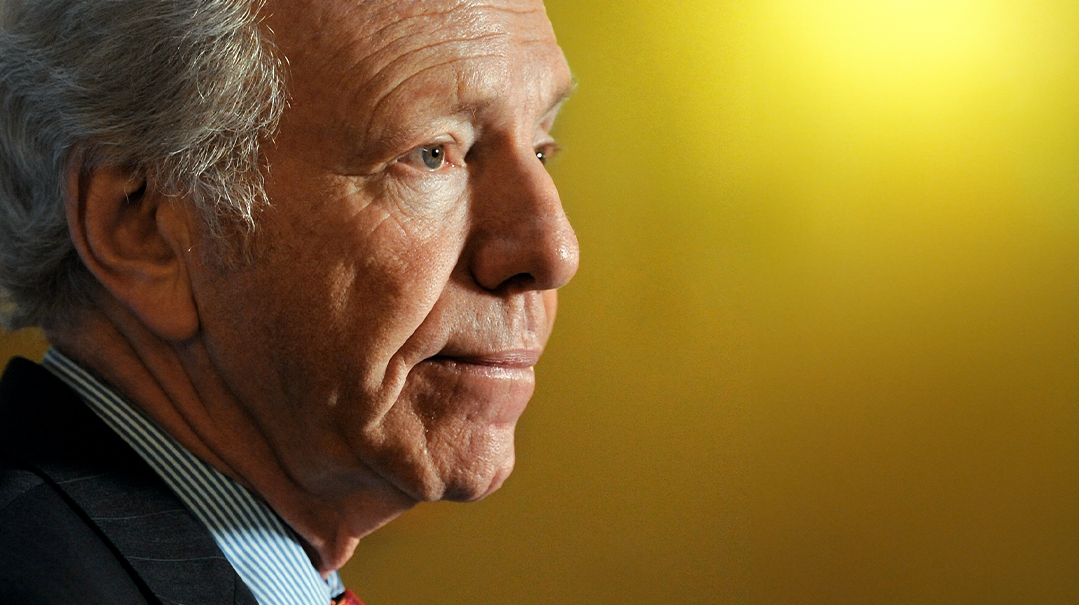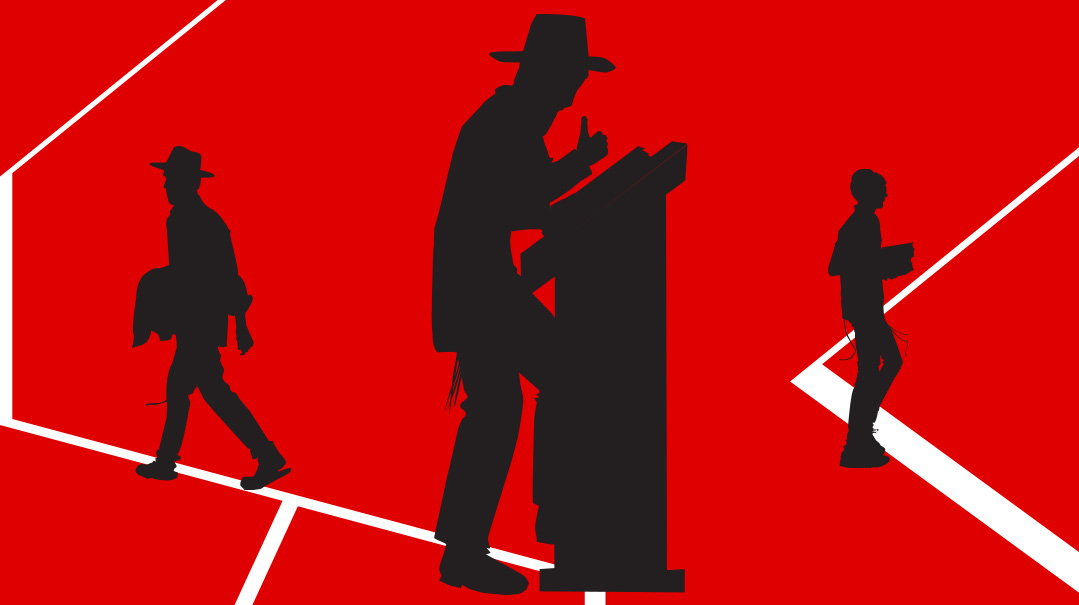Made in China

Why the debate about COVID’s origins is back

It was the crank’s conspiracy theory, the Trumpian rabbit hole, and the dangerous tinfoil-hat talk until last week, when a born-again press corps persuaded President Biden that there could be something after all in the theory that Covid — which has killed 3.5 million worldwide, nearly 600,000 in the US, and paralyzed the global economy — originated in a Chinese lab.
“I have now asked the intelligence community to redouble their efforts to collect and analyze information that could bring us closer to a definitive conclusion, and to report back to me in 90 days,” President Biden said in a statement last week. “As part of that report, I have asked for areas of further inquiry that may be required, including specific questions for China.”
Biden went on to say that he also asked that this endeavor include work by other federal agencies to augment the intelligence community’s efforts. “The United States will also keep working with like-minded partners around the world to press China to participate in a full, transparent, evidence-based international investigation and to provide access to all relevant data and evidence,” he added.
The question of the virus’s origin has been looming over public discourse since the pandemic began. Chinese wet markets received most of the early attention as a possible source, based on the world’s experience with previous viruses, and news anchors broadcast breathless accounts of bats and pangolins — some claiming they were sold as food in the wet markets — carrying viruses and passing them on to people.
Nevertheless, when former president Donald Trump, who lost the elections largely due to his handling of the pandemic, floated the idea that the virus originated in a lab in China, that notion was immediately dismissed as a fringe conspiracy theory by the media. This makes President Biden’s revelation this week all the more surprising that shortly after he was sworn in, he instructed US intelligence agencies “to prepare a report on their most up-to-date analysis of the origins of COVID-19,” and in particular to investigate whether it might have emerged from “a laboratory accident.”
Robert Daly, director of the Kissinger Institute on China and the United States at the Woodrow Wilson Center, and an expert with decades-long experience in the US-China relationship, told Mishpacha, “If the lab leak theory is correct, the Chinese government knows it. And if they know that some combination of sloppy practice and bad luck in Wuhan was the cause of a worldwide pandemic that has claimed over 3.5 million lives to date, you can sure that Beijing will never let that truth be known.
“Beijing’s refusal to permit a thorough, international, scientific study of the origins of the pandemic suggests to many observers that China has something to hide,” he continued. “This reasoning, however, while defensible, and perhaps essential, is not necessarily proof of China’s guilt.”
Daly sought to dampen expectations as to what Biden’s order would eventually turn up.
“President Biden has asked American intelligence agencies to make a ‘determination’ about the origins of Covid,” he said. “But what does ‘determination’ mean? For President Trump, ‘determination’ and ‘finding’ were often synonyms for ‘declaration’ — they were vague nouns used to cloak whatever President Trump wanted to say in the mantle of analytic authority.
“The world does not need more such ‘determinations,’ ” Daly said. “It needs knowledge, it needs proof, and the US government is unlikely to be able to provide it.”
Digging Deeper
For a year after former president Trump’s bombastic pronouncement that a Wuhan virology lab was the source of the coronavirus — he doubled down on that in an interview this week, declaring “it was obvious to smart people” — media focus turned to experts who emphasized the probability that the virus originated in nature.
So it was surprising that the initial report presented to President Biden this week suggested that the lab leak theory was being seriously entertained by at least one intelligence agency. As of this week, the president reported, one element of the US intelligence community leans toward the theory that COVID-19 escaped from a laboratory, while two others seem to favor the theory that it was first transmitted by an infected animal — like previous viruses.
While the intelligence community consensus is that there is not yet “sufficient information to assess one [theory] to be more likely than the other,” the president instructed the agencies to “dig deeper” to try to arrive at a definitive answer on the source of the pandemic.
Furthermore, the president has lately begun to use tougher rhetoric when he speaks about China.
“We’re in competition with China and other countries to win the 21st century,” Biden said in his recent address to Congress, promising to make sure “every nation plays by the same rules in the global economy, including China,” and reiterating that “no responsible American president could remain silent” in light of Chinese human right violations.
It is unclear whether this is rhetoric is genuine or whether it is directed at Republican critics, who painted Biden during the presidential campaign as a politician willing to cozy up to China. It is clear, however, that Biden’s decision to publicly double down on this investigation into the source of COVID-19 brings the tensions with Beijing to a new level.
Still, one aspect of Biden’s announcement remains puzzling. Given that the US has no legal jurisdiction in Wuhan, and China has no motivation to cooperate with the American investigation, how could Biden hope to get a definitive answer regarding the origin of the virus?
“There are no new publicly known facts about the origins of COVID-19; there is just a new cause for suspicion,” Robert Daly told Mishpacha. “A declassified US intelligence report claims that several staff members at the Wuhan Institute of Virology may have been sick with symptoms consistent with Covid infection in the fall of 2019 — about the time that WIV workers might have fallen sick if COVID-19 was the result of a gain-of-function experiment [lab work that alters an existing virus in some way] and leaked from the lab.
“That intelligence report is unconfirmed, however. Most virologists and intelligence analysts still think that the pandemic began through zoonotic transmission from bats to humans via a third animal, but none of them know for sure.”
And that picture is unlikely to get clearer anytime soon. We reached out to more than a dozen virologists for enlightenment on the scientific side of this equation, and all of them refused to comment. Some of them said that it would be irresponsible to speculate about the origin of the virus, citing a lack of evidence.
Holding China to Account
One big issue hanging over the origin of the virus is the question of accountability — what should the US do if it determines that COVID-19 resulted form a lab leak?
“If the United States were able to prove that Covid leaked out from the Wuhan Institute of Virology — and this is purely hypothetical — it would still have no way of holding China to account,” Daly said. “It could use the evidence to shame China and attempt to disqualify it for global leadership in the eyes of the world, but Washington could not force China to pay reparations. Nor could it compel the Chinese Community Party to admit guilt. That is something it would never do, even if the evidence seemed ironclad. Beijing would simply claim that such a ‘determination’ was an American lie designed to contain China’s rise and defend the United States’ tarnished and fading hegemony.”
“China is determined to block a scientific investigation,” Daly emphasized. “That means we will probably never know how the pandemic originated, and we will remain vulnerable to a recurrence of whatever occurred in the early stages of COVID-19 transmission. That danger will remain even if the virus spread naturally.”
What do we know about the Wuhan Virology Institute?
The Wuhan Institute of Virology (WIV) is a microbiology laboratory founded in 1956 with research ties to France and the United States. The institute researches such dangerous viruses as SARS, anthrax, and influenza.
The West regards the WIV with concern for two main reasons: first, the symbiosis between the military and civilian wings in China, which means that technology or information developed in the civilian sphere can find itself in the hands of the People’s Liberation Army; and second, the spotty safety record of Chinese labs. In 2004 the coronavirus strain that causes SARS escaped from a lab near Beijing and led to a number of cases, including one fatality. But unlike the SARS virus, which had already been documented at that time, the COVID-19 virus was new and had never been seen anywhere in the world.
The Chinese authorities’ refusal to open the door to international inspection raises the suspicion that they may be hiding something, but that doesn’t mean that the West has concrete evidence that COVID-19 was engineered in a lab. The Wuhan lab’s biosafety level — BSL-4 — is the highest, and it’s the first research facility in China to construct a laboratory with that safety level. Labs with that safety level are authorized to research the pathogens of various viral diseases.
However, the coronavirus research at the WIV was upgraded to BSL-4 level only recently. A Xinhua news agency item issued on January 4, 2018, noted that the Wuhan lab would participate in research cooperation between China and France, and that since the lab had just attained the highest biosafety level, it could be used to investigate viruses such as Ebola, with the aim of discovering cures and vaccines.
In January, chemical warfare experts told the Washington Post that it was unlikely that China would use the lab to produce biological weapons, as it was a relatively open lab, with research ties with the University of Texas and built with French collaboration.
Others experts told the paper that chemical weapons are targeted for very specific, localized use. Thus, spreading a worldwide pandemic that affects entire continents over an extended period would be a highly unlikely use of biological weapons.
(Originally featured in Mishpacha, Issue 863)
Oops! We could not locate your form.












